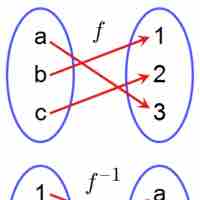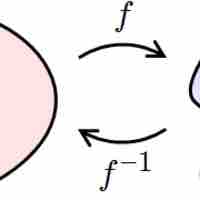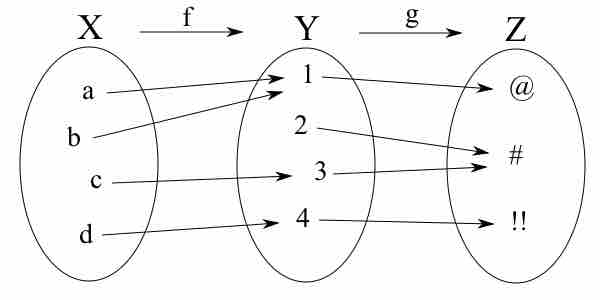Section 1
Inverse and Composite Functions
Book
Version 13
By Boundless
By Boundless
Boundless Algebra
Algebra
by Boundless
4 concepts

Introduction to Inverse Functions
To find the inverse function, switch the
Composition of Functions and Decomposing a Function
Functional composition allows for the application of one function to another; this step can be undone by using functional decomposition.

Restricting Domains to Find Inverses
Domain restriction is important for inverse functions of exponents and logarithms because sometimes we need to find an unique inverse.

Inverses of Composite Functions
A composite function represents, in one function, the results of an entire chain of dependent functions.